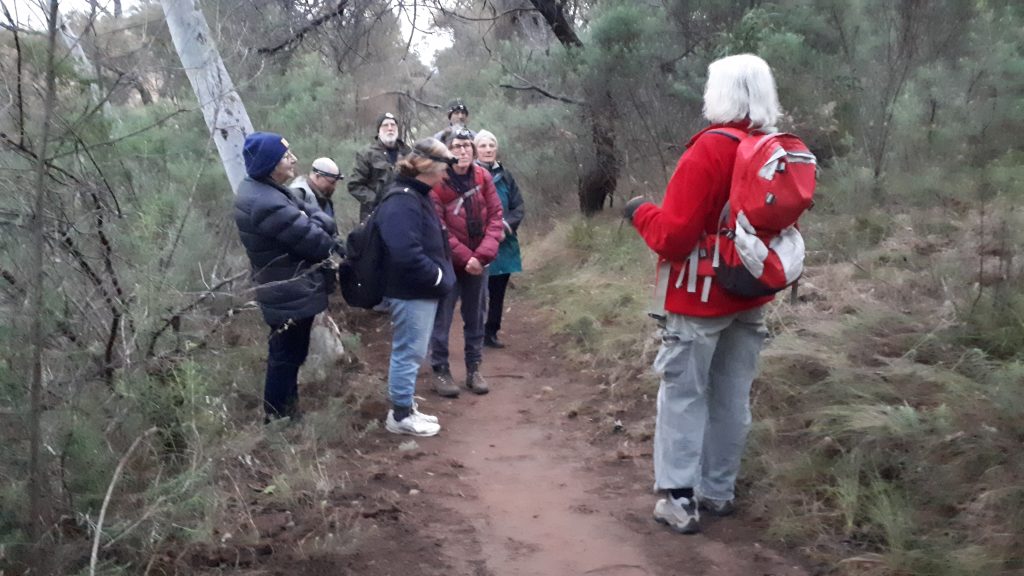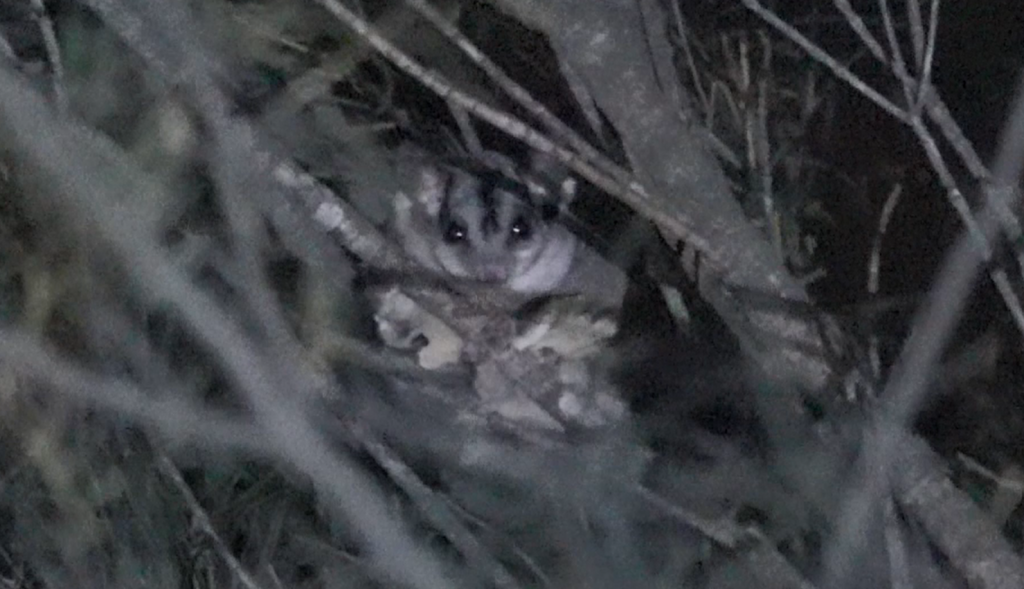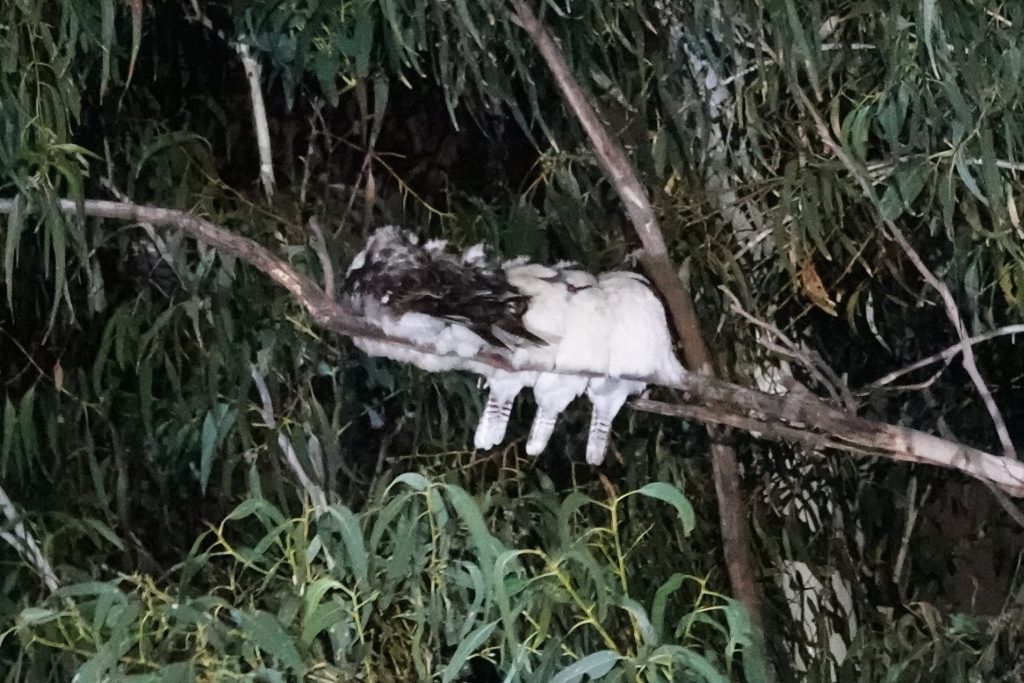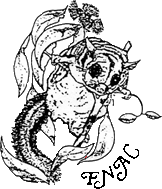A WINTER SOLSTICE NIGHT WALK



On 21 June, seven members joined Jenni and Phil on a walk at Mount Majura to find sugar gliders, now known as Krefft’s Gliders.
We met at 4:30 while it was still light for the short walk on a well-established track to the spot where Jenni has previously seen the gliders.
Along the way she explained the name change. Previously classified as a single widespread species (Petaurus breviceps), recent research has revealed that the Sugar Glider is actually three genetically distinct species: Petaurus breviceps and two newly identified species, Krefft’s glider (Petaurus notatus) and the Savanna Glider (Petaurus ariel).
When considered as one species, sugar gliders seemed widespread, abundant and officially classified as least concern. The distinction of these three species has resulted in a substantially smaller distributions for the Sugar Glider and Savanna Glider.
This reclassification means that the distribution of the Sugar Glider is substantially reduced, being limited to coastal regions in south-eastern Australia. The Savanna Glider lives in the tropical woodlands of northern Australia, where its range has contracted by 33% since the early 1990s.
The Krefft’s Glider is mostly found west of the Great Divide and is the species found within the ACT. The gliders weigh 95–135 g (females), 115–160 g (males), with a head and body length of 160–210 mm and a tail length of 165–210 mm. In winter they mostly feed on the sap of trees.
During the day they live in hollows and leave these to feed just after sun set.
We waited after the sun went down and the cold began to creep up from the ground, scanning the tops of the trees. It was not an ideal night but with the current culling of kangaroos, only Friday and Saturday nights were safe to enter the reserve after dark.
The sky was overcast and it had started to shower in West Belconnen as I left home.
We waited as the ground became dark but the sky was still bright, looking for any movement among the tree canopy, indicating the movement of the gliders. No luck. It was all quiet.
As time passed the group spread out a little and once darkness settled in head lamps were turned on in the hope of catching the shine of eyes in the lights, but mostly we were capturing the raindrops that had softly begun to fall.
I was becoming sceptical of waiting much longer and had headed back down the track a little, with only Donald for company. I was just thinking that the group should give up and start heading home when I saw a sudden movement of a rat-like creature scuttling up a tree trunk at my eye level just in front of me. No way!
Using our torches, Donald and I were able to locate it in the tree canopy then call the others to come and look.
At first it sat still and some were sceptical that we were looking at anything at all but then it began moving through the canopy to the back of the tree. We managed to find it again so that everyone was able to get a look. By the way, yes, it was a Krefft’s Glider.
I was thrilled. I’m NEVER the first person to spot anything so I was very happy about this.
Leaving the glider to feed, we moved back down the track for home, looking to stop at another spot where Jenni had indicated we might spot Ring-tail Possums.
The leaders stopped where they thought Jenni had indicated and suddenly John spotted movement as yet another glider landed low on a tree trunk then quickly made its way up the trunk then across the canopy to a tree in the further distance, but still close enough to see under torch light. A short time later Kevin saw another glider made almost the same trip so we were all delighted at having spotted three gliders and our excursion wasn’t in vain.
Donald was able to get a photo of the first glider we saw.
Not wanting to upset the gliders too much we then headed back to the cars, still scanning the trees with our torches just in case.
With the cars in sight, we saw a large white patch in a large Eucalyptus tree that we identified as a group of six Kookaburras, all huddled up together for the night.
Three were facing us, with three facing in the opposite direction. Again, Donald was able to get a couple of photos.
We all then headed home satisfied that we had accomplished our mission.
A great thank you to Jenni for leading us on this walk and to John and Janet for organising it.
– Alison Milton
